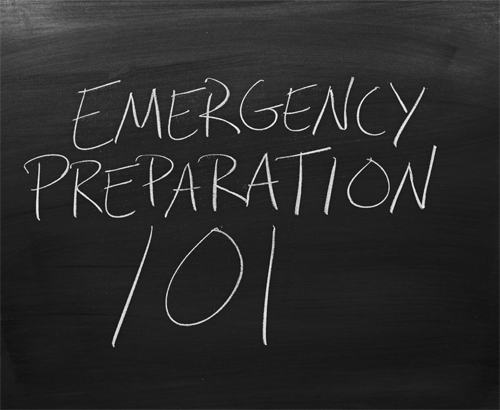For decades, governments have conducted emergency preparedness exercises as a method to evaluate the ability to prepare for, respond to, and recover from natural and manmade disasters. There is no doubt the tens of thousands of exercises conducted across the nation have improved the nation’s preparedness but, in order to tackle new and emerging threats, more must be done.
 Exercises were originally designed out of a desire to assess and improve existing policies or operational plans. As exercises became a more prominent requirement in regulatory programs and grants, the necessity to complete exercises often overtook the fundamental reason for those exercises – increasing preparedness. Essentially the exercise has become the end, not the means to an outcome.
Exercises were originally designed out of a desire to assess and improve existing policies or operational plans. As exercises became a more prominent requirement in regulatory programs and grants, the necessity to complete exercises often overtook the fundamental reason for those exercises – increasing preparedness. Essentially the exercise has become the end, not the means to an outcome.
There are many contributors to this shift. With an abundance of requirements, limited existing budgets, and reductions in future funding, agencies have a strong reason not to push themselves to their limits in exercises. They are forced into a “check the box” mindset that would not stress the system and instead conduct exercises only to meet regulatory or grant requirements. Even if system failures or challenges are identified, there is a reluctance to report them in a way that can yield meaningful changes. In fact, some public information staff or elected officials are so concerned about “failing” the exercise, they refuse to take the system to its breaking point to avoid what they perceive to be negative optics.

However, to prepare the nation against cyber and physical attacks, there is a need to return to the basics and utilize exercises for true operational improvements:
- Get back to exercising existing plans;
- Question the assumptions in the plans;
- Utilize existing hazard and vulnerabilities analyses or the Federal Emergency Management Agency (FEMA) Threat and Hazard Identification and Risk Assessment (THIRA) efforts to identify potential plausible scenarios;
- Develop scenarios for unplanned events or a combination of events, but keep the scenarios realistic;
- Develop scenarios that motivate participants to solve hard problems – do not develop unwinnable scenarios that would cause participants to get frustrated and immediately admit defeat;
- Design a rigorous evaluation up front and be willing to accept defensible evaluation results, even if they point to negative outcomes;
- Commit to making the necessary changes to plans and operations based on the outcomes of the exercise and then to starting the cycle over again; and
- Be fearless about failing – residents should feel more comfortable with a jurisdiction that identifies weaknesses and continually improves its systems than one that claims perfection year to year.
No matter what the exercise or scenario, playing it safe is not the answer. Whether the conduct includes discussion-based exercises (seminars, workshops, tabletop exercises, and games) or operations-based exercises (drills, functional, and full-scale exercises), people deserve to have systems pushed to the limits. A realistic future, not the past, needs to be tested. In this instance, failure is success! Failure can encourage necessary improvements to make systems more robust, efficient, and safer. This attitude shift coupled with the overall maturity of the exercising community is the way forward. Exercises have transitioned from those conducted by staff as collateral duty utilizing a wide variety of formats to trained and certified experts conducting exercises of all shapes and sizes using nationally recognized processes. Acting on these recommendations incorporates the right people, processes, and focus to better protect the nation.
